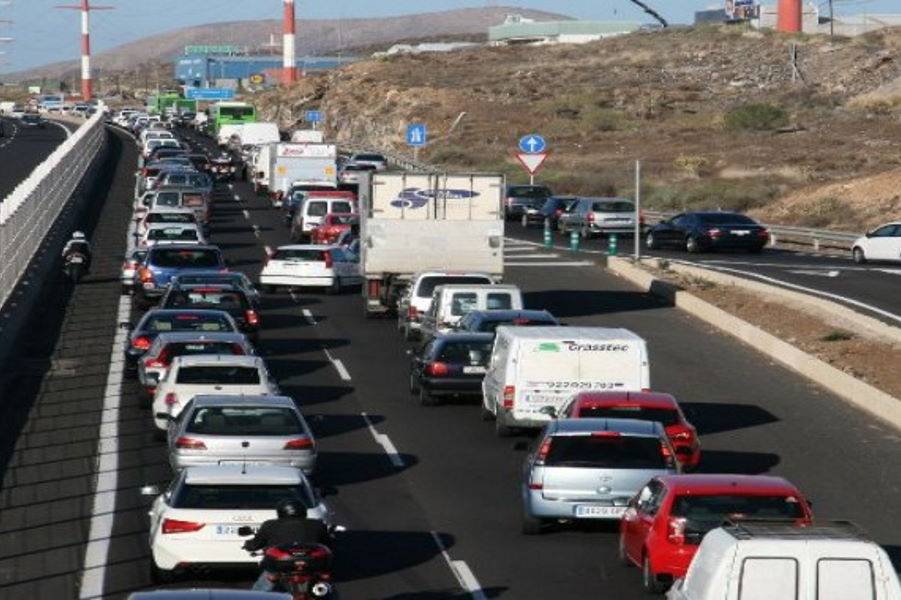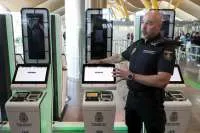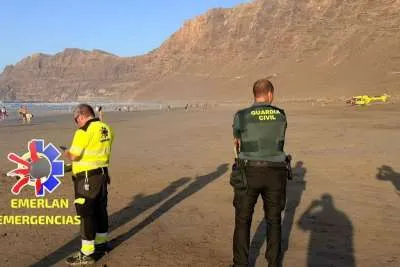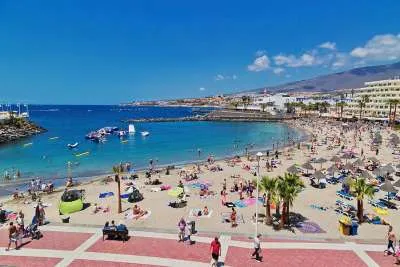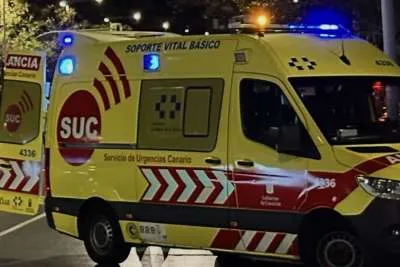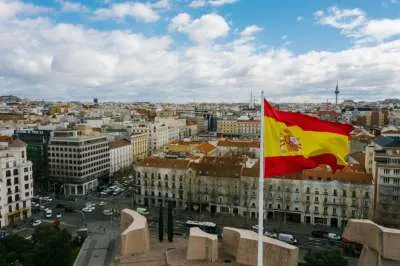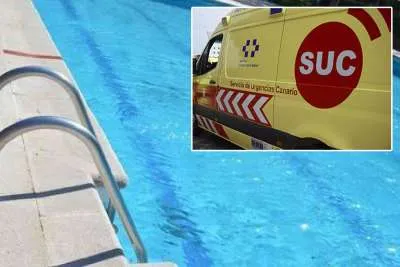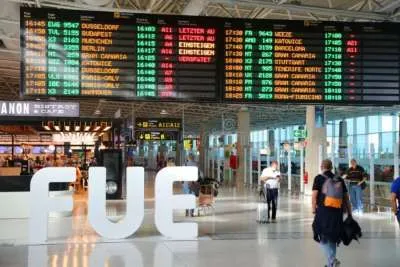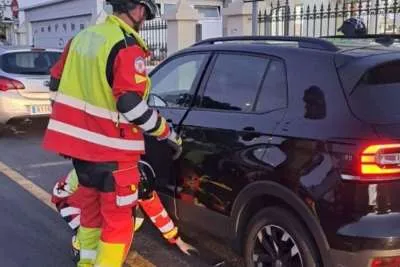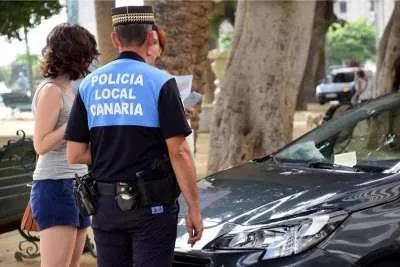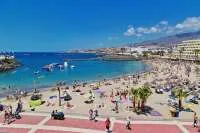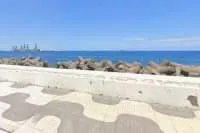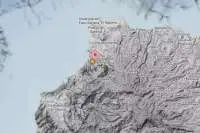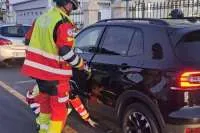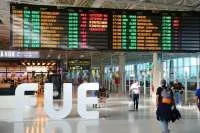Tenerife traffic problems are due to the number of cars on the island
- 24-01-2022
- Tenerife
- Canarian Weekly
Traffic jams and lack of parking, particularly in Tenerife, are two things that frustrate residents and tourists alike, but the results of a new study show that the main cause of the problem is simply the volume of cars on the island, which has increased at such a rate that the authorities can’t keep up with it.
In Tenerife, there are almost as many motor vehicles (which include cars, buses, trucks, vans, and motorcycles) as there are registered inhabitants. As of January 1st 2021, there were 819 vehicles per 1,000 inhabitants on the island, only one point less than in 2020.
The average in the Canary Islands is 802 per 1,000 inhabitants, with the islands of La Palma (907), El Hierro (857), and Lanzarote (836), surpassing Tenerife in that percentage, but they don’t experience the same traffic problems as they have smaller populations.
Data shows that from the total of 819 in Tenerife, 560 are passenger cars, and there are now more vehicles than driving licences, although non-Spanish licences of people registered on the island won’t show in the data.
However, the problem becomes clearer when the number of minors is removed from the population total (14% of the population), as are the number of elderly people who don’t have a driving license, as then it is obvious that there are more cars on the Island than people who can drive them, even when tourists are taken into account for the approximately 30,000 rent a cars on the island.
With more than 840,000 registered vehicles and only 1,550 kilometres of road, Tenerife is not prepared to support such an amount of cars. If, for example, 800,000 of them were on the roads on the same day, they wouldn’t fit, as they would add up to 3,200 kilometres long, with an average length of 4 metres per vehicle, and in fact, would stretch to mainland Spain and back!
WHAT CAN BE DONE ABOUT IT?
A report, by the Guardia Civil Traffic department for the Cabildo in 2018 with suggestions to “decongest the highways of Tenerife”, proposed that heavy vehicles do not travel on Friday afternoons, and to establish two bus lanes, one on the TF-1 and another on the TF-5 motorways.
That same report also details that only Madrid and Barcelona have more buses than Tenerife and that in terms of vehicles as a whole, Tenerife has a density that is 3.5 times higher than the national average, second only to Pontevedra in the northwest of Spain.
At the same time, the Cabildo is working on the Insular Plan for Sustainable Mobility of the Island of Tenerife (PIMSIT), which involves citizen participation, with the aim to find a sustainable way that we move around the island for the next 20 years.
At the start of the project, it is detailed that 72.9% of work journeys on the Island are made by private car, while public transport, despite having 500 buses and 40% of them renewed, does not even reach 10% (bus 4.7%; tram 2.6% and taxi 1.5%), and the rest go by foot (18.3%).
In that same analysis, the sections of the San Isidro to Adeje (TF-1) and La Orotava to Santa Cruz (TF-5) motorway are highlighted as the points of greatest congestion, and cannot support traffic density of 4,400 cars/hour on the TF-5, and almost 100,000 vehicles a day on the TF-1 in the south.
Other articles that may interest you...
Trending
Most Read Articles
Featured Videos
A Vision of Elvis Tenerife Promo
- 10-05-2025
Tenerife Travel Guide
- 13-12-2024
Live webcam from Lanzarote airport
- 13-12-2024


